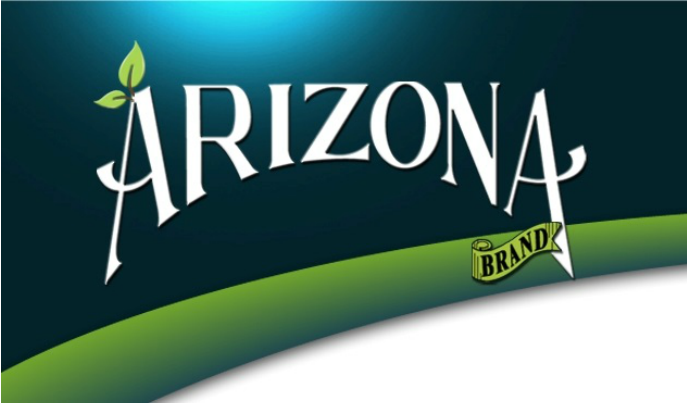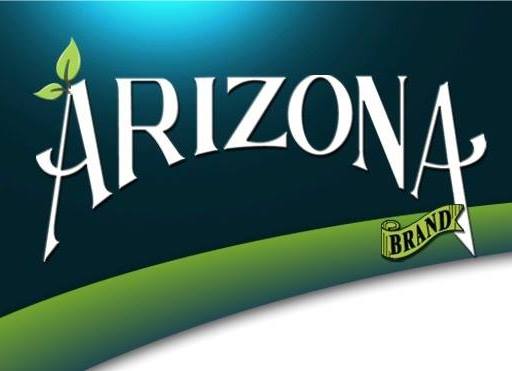The HoneyBee
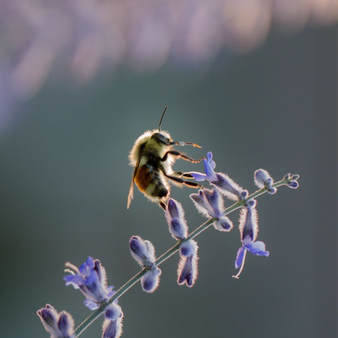
When you open your fridge and look at the fruits and veggies you have stored in there, what is your first thought? Delicious? Yes. From the garden? Possibly. Hardworking farmers? Probably not. But what about Honeybees?
Honeybees account for approximately 80% of insect pollination across the U.S. and without their vital help, the agriculture industry would severely suffer, in fact commercial production of more than 90 crops including almonds, apples, cherries, cranberries, blueberries, squash, and the countless seed crops all depend on help from wild honeybee pollination. Bee pollination itself accounts for about $15 billion in added crop value, just consider those little buzzing guys as flying dollar bills. Pollination is vital to an estimated 250,000 species of flowering plants and happens with an array of means, by wind, gravity, water, birds, and in the case we are talking about today, the honeybee.
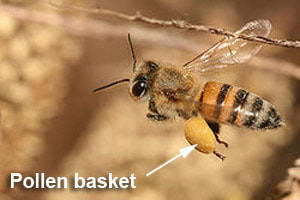
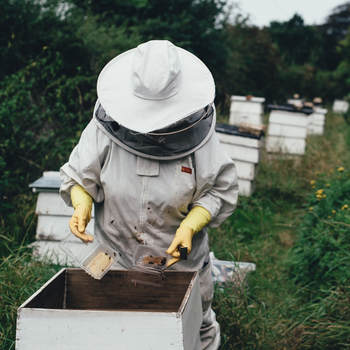
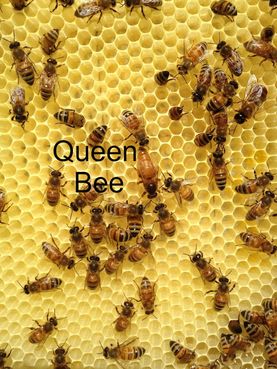
Last but certainly not least is Royal Jelly. A yellowish-white substance secreted from the honey bees salivary glands. In it can be found amino acids, enzymes, vitamins, phenolics, minerals, fatty acids, bio-active compounds and proteins. The most and main abundant protein is known as Royalactin. Royal Jelly is exclusively fed to Queen Bees and newly hatched larvae.
This Week...
"Our study is the first to suggest a connection between the bacteria that inhabit the bees’ guts, the foods they eat, and physiological differences related to aging, stress and longevity," says Kirk Anderson, a research microbiologist with the Carl Hayden Bee Research Center in Tucson, Arizona. Anderson is also an adjunct scientist in the Department of Entomology and Center for Insect Science in the UA's College of Agriculture and Life Sciences."
The article goes on to talk about how certain bacteria effects a worker bee verses a queen bee and the longer lifespan a queen has and the connection we have as humans to the same process. One of our favorite parts of the article is when they mention Royal Jelly...
"The workers will feed her only royal jelly, which they produce in specialized glands. You can think of royal jelly as a type of super food, the bee's equivalent of breast milk, supporting beneficial bacteria and containing antimicrobial peptides. The study suggests that royal jelly, which enhances the growth of queen-specific gut microbes, sets the queen on a trajectory toward a much longer life..."
Bee Products
Another bee hive product is Propolis, a plant derived resinous product that foraging bees produce by collecting resin from buds and other plant tissues. It is mixed with their wax and pollen into a malleable compact substance used to repair their hive. Propolis contains important vitamins, useful minerals, enzymes, fatty acids and organic compounds.
Last but certainly not least is Royal Jelly. A yellowish-white substance secreted from the honey bees salivary glands. In it can be found amino acids, enzymes, vitamins, phenolics, minerals, fatty acids, bio-active compounds and proteins. The most and main abundant protein is known as Royalactin. Royal Jelly is exclusively fed to Queen Bees and newly hatched larvae.
1. The typical size of a bee colony is roughly 20,000 bees but sizes vary.
2. A single bee can hold a pollen load about 35% of its body weight.
3. Queen bees can lay an estimated 1,500 to 2,000 eggs in a single day.
4. Princess Diana was documented in using Royal Jelly throughout her pregnancies.
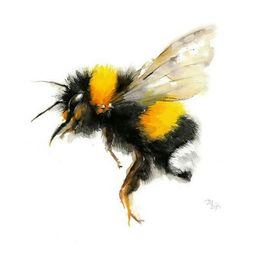
Follow our Pinterest board here: Honeybee Benefits, to find all things Honeybee from health information, bee facts, plants for the bee, all things honey and everything else bee.
You can also follow us on our other social medias here..
Facebook: Arizona Brand Nutritionals
Instagram: ArizBrands
Twitter: ArizBrand
